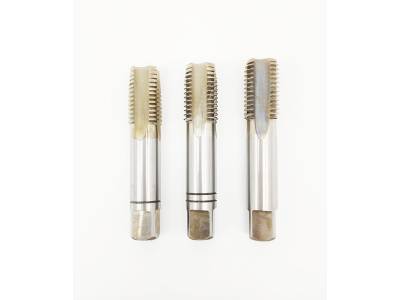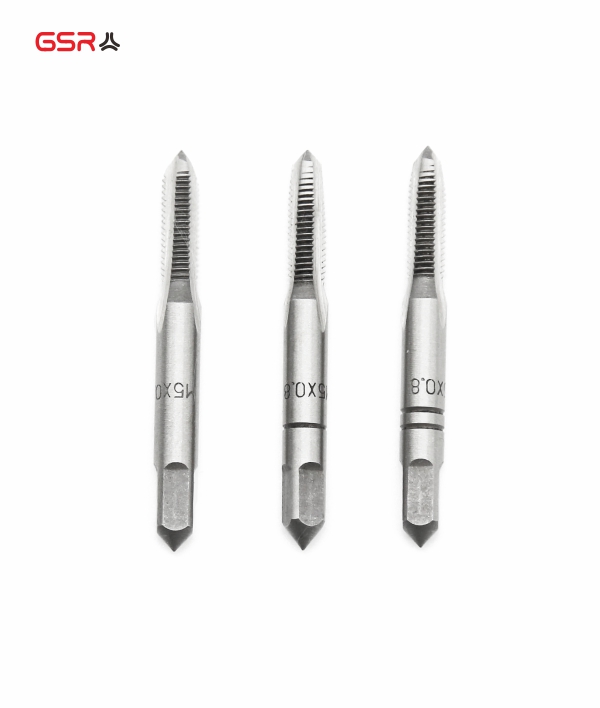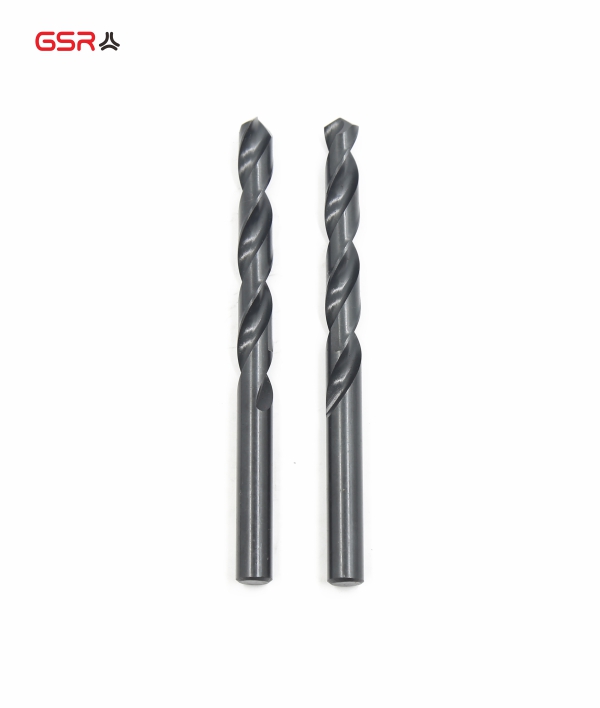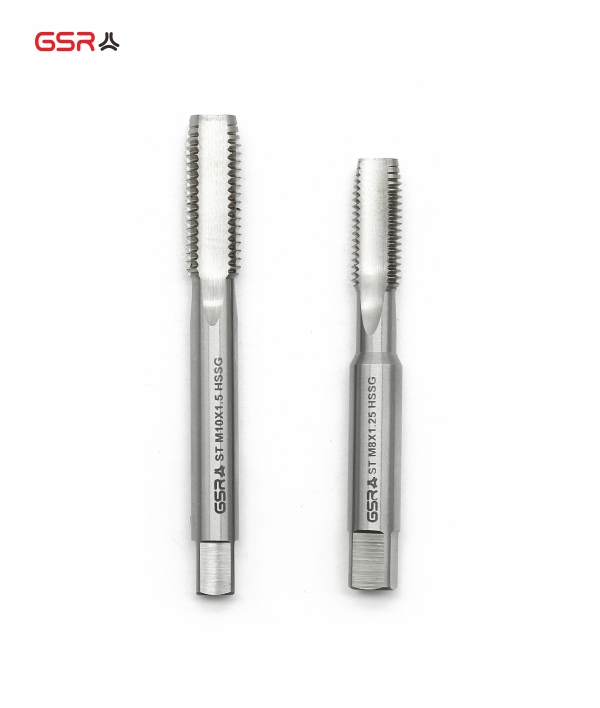Analysis Summary of 9 Major Problems of Tap Fracture
1.The tap quality is not good:
Main materials, CNC tool design, heat treatment conditions, machining accuracy, coating quality, etc. For example, the size difference at the transition of the tap section is too large or the transition fillet is not designed to cause stress concentration, and it is easy to break at the stress concentration during use. The section transition at the junction of the shank and the blade is too close to the welding port, which leads to the superposition of complex welding stress and the stress concentration at the section transition, resulting in a large stress concentration, which causes the tap to break during use. For example, improper heat treatment process. In the heat treatment of Professional Taps, if there is no preheating before quenching and heating, overheating or overburning of quenching, untimely tempering and premature cleaning, it may cause the tap to crack. To a large extent, this is also an important reason why the overall performance of domestic taps is not as good as imported taps.
GSR thread tool offers a wide range of high-quality thread cutting taps.
2. Improper selection of taps:
High-quality taps should be selected for tapping parts that are too hard, such as cobalt-containing high-speed steel taps, carbide taps, and coated taps. In addition, different tap designs are used in different workplaces. For example, the number, size, angle, etc. of the chip flutes of the tap have an impact on the chip removal performance.
3. The tap does not match the processed material:
This issue has been paid more and more attention in recent years. In the past, domestic manufacturers always felt that imported goods were good, but expensive goods were good. In fact, they were suitable. With the continuous increase of new materials and difficulty in processing, in order to meet this need, the variety of tool materials is also increasing. This requires choosing the right tap product before tapping.
4. The bottom hole diameter is too small:
For example, when machining M5×0.5 threads of ferrous metal materials, when using a Cutting Tap, you should use a 4.5mm drill to make the bottom hole. If you misuse a 4.2mm drill to make the bottom hole, the part that the tap needs to cut during tapping will inevitably increase. , And then break the tap. It is recommended to choose the correct bottom hole diameter according to the type of tap and the material of the tapping piece. If there is no fully compatible drill bit, you can choose a larger one.

Tap Set
5. Material problem of attacking parts:
The material of the tapping part is impure, and there are excessive hard spots or pores locally, which cause the tap to lose balance and break instantly.
6. The machine does not meet the accuracy requirements of the tap:
Machine tools and clamping bodies are also very important, especially for high-quality taps. Only a certain precision of machine tools and clamping bodies can exert the performance of the tap. It is common that there is not enough concentricity. At the beginning of tapping, the starting position of the tap is incorrect, that is, the spindle axis is not concentric with the centerline of the bottom hole, and the torque is too large during the tapping process, which is the main reason for the tap to break.
7. Cutting fluid and lubricating oil are of poor quality:
Many domestic companies have begun to pay attention to this point. Many companies that have purchased foreign tools and machine tools have a very deep experience. The quality of cutting fluids and lubricants has problems, and the quality of processed products is prone to burrs and other bad conditions. There will also be a great reduction.
8. Unreasonable cutting speed and feed rate:
When there is a problem in processing, most domestic users reduce the cutting speed and reduce the feed rate, so that the pushing force of the tap is reduced, and the precision of the thread produced is greatly reduced, which increases the roughness of the thread surface. The hole diameter and thread accuracy can not be controlled, and problems such as burrs are of course more inevitable. However, if the feed speed is too fast, the resulting torque is too large, which can easily cause the tap to break. The cutting speed during machine tapping is generally 6-15m/min for steel; 5-10m/min for quenched and tempered steel or harder steel; 2-7m/min for stainless steel; 8-10m/min for cast iron. In the same material, the smaller tap diameter takes the higher value, and the larger tap diameter takes the lower value.
9. The operator's technology and skills do not meet the requirements:
The above problems require the operators to make judgments or give feedback to the technicians, but at present, most operators in China do not pay enough attention to them. For example, when processing a Stainless Steel Taps, when the tap is about to touch the bottom of the hole, the operator does not realize that it is still fed at the tapping speed when the bottom of the hole is not reached, or the tap is broken by forced feeding when chip removal is not smooth. It is recommended that operators strengthen their sense of responsibility.
It can be seen from the above that there are many reasons for the breakage of a tap. Machine tools, fixtures, workpieces, processes, chucks, tools, etc. are all possible. You may never find the real reason just by talking about it. As a qualified and responsible tool application engineer, the most important thing is to go to the site, not just rely on imagination.













